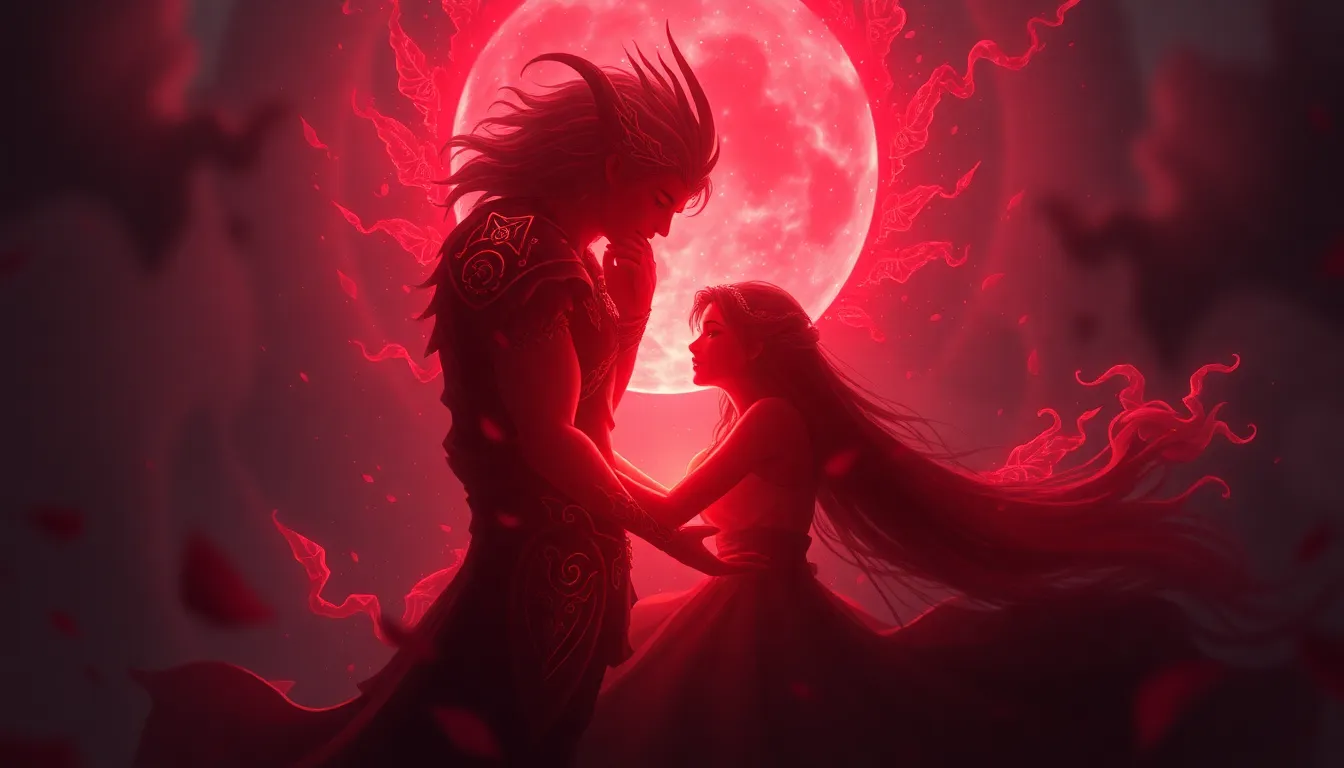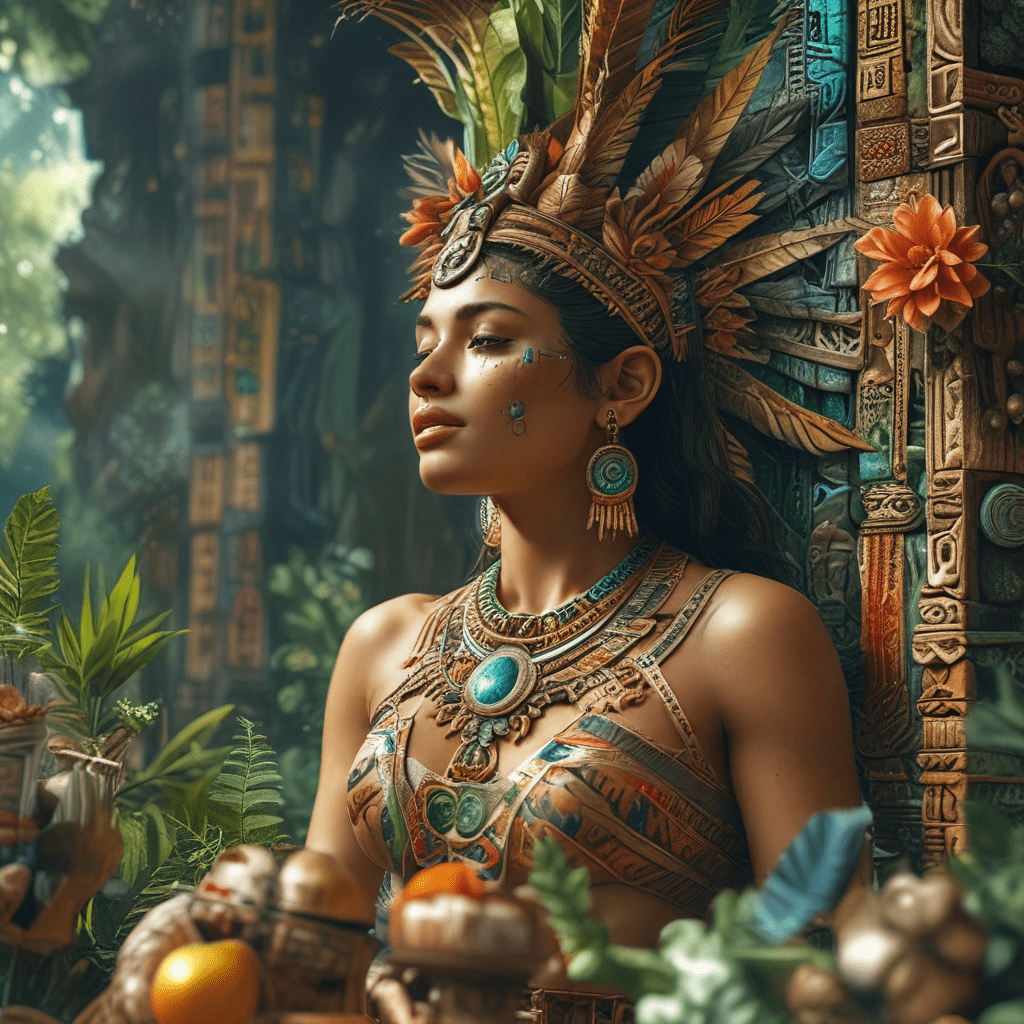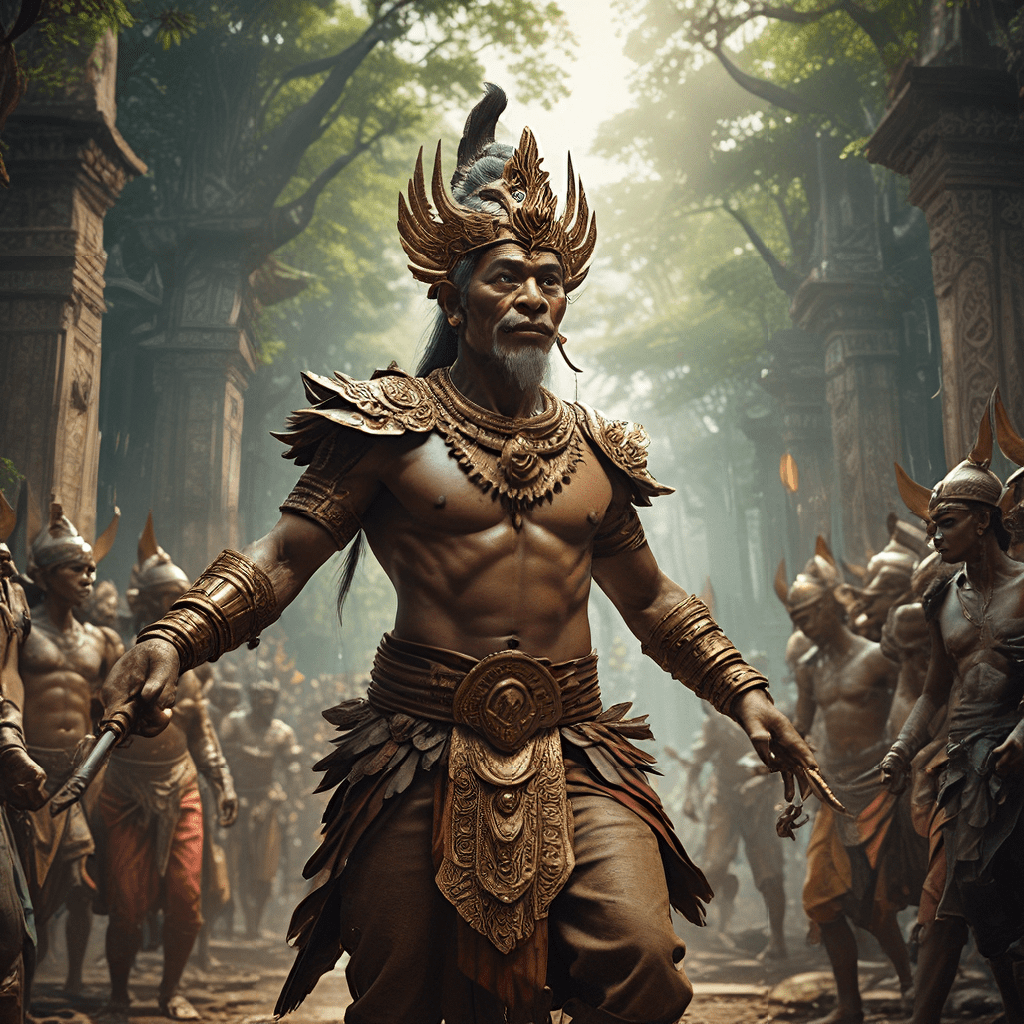The Heart’s Desire: Exploring Passion in Mythical Stories
I. Introduction
Passion, in the context of mythology, is often depicted as a powerful force that drives characters to seek love, adventure, and fulfillment. It serves as both a motivational element and a source of conflict within these narratives. Exploring the theme of desire in mythical stories allows us to understand not only the characters’ motivations but also the cultural values surrounding love and longing in various societies.
This article will delve into the multifaceted concept of desire in mythology, examining its historical context, archetypal figures, and the symbolism associated with passion. We will also consider how desire shapes personal identity and the consequences of unfulfilled longing, ultimately highlighting the enduring power of these themes across cultures.
II. The Concept of Desire in Mythology
Desire has been a central theme in mythological narratives throughout history. In ancient cultures, the understanding of desire often intertwined with spiritual beliefs and societal norms.
A. Historical perspectives on desire in ancient cultures
In many ancient civilizations, desire was viewed through a dual lens of divinity and morality. The Greeks, for example, believed that desire could be both a gift and a curse from the gods, shaping destinies in unpredictable ways.
B. The dichotomy of love and lust in mythological tales
Mythological stories often illustrate the tension between love and lust. Love is typically portrayed as noble and enduring, while lust is depicted as fleeting and destructive. This dichotomy adds depth to characters and their motivations.
C. The role of desire as a driving force for characters
Desire frequently acts as a catalyst for characters’ actions, propelling them into quests or conflicts that define their journeys. This driving force reveals human nature’s complexities, showcasing the lengths to which individuals will go to pursue their passions.
III. Archetypes of Passionate Figures
Throughout mythology, certain archetypes emerge that encapsulate the various facets of passion.
A. The Hero: Love as a motivator for quests
Heroes often embark on journeys motivated by love, whether it be for a romantic partner, family, or their homeland. Their quests frequently serve to prove their worthiness or to reclaim lost love.
B. The Tragic Lover: Passion leading to downfall
The tragic lover is a figure whose overwhelming desire ultimately leads to their demise. These characters, such as Orpheus or Dido, illustrate the destructive potential of passion when it becomes all-consuming.
C. The Forbidden Romance: Love that defies societal norms
Forbidden romances challenge societal structures and norms, showcasing the tension between personal desire and collective expectations. These stories often highlight the struggles faced by lovers in their pursuit of happiness against overwhelming odds.
IV. Mythical Stories of Desire Across Cultures
Different cultures have rich traditions of mythological stories that explore the theme of desire.
A. Greek mythology: The tales of Eros and Psyche
The story of Eros and Psyche embodies the complexities of love and desire. Psyche’s journey to reunite with Eros after losing him due to her curiosity illustrates the trials love can impose.
B. Norse mythology: The longing of Freyja
Freyja, the Norse goddess of love and fertility, is often depicted as a figure of longing, who seeks her lost husband, illustrating the pains of desire in the face of separation.
C. Asian mythology: The passion of Radha and Krishna
The love story of Radha and Krishna highlights the transcendent nature of desire, where their deep connection symbolizes the union of the divine and the human soul.
V. The Symbolism of Desire
Mythology is rich with symbols that represent desire, offering deeper insights into the narratives.
A. Common symbols associated with passion in myths
- Fire: Represents the intense and consuming nature of passion.
- Water: Often symbolizes the fluidity and depth of emotions.
- Flowers: Represent beauty and the ephemeral nature of love.
B. The significance of nature and elements in representing desire
Elements of nature frequently serve as metaphors for desire, with landscapes and seasons reflecting the emotional states of characters. For instance, spring often symbolizes new love and renewal.
C. The transformation of characters through their desires
Desire often catalyzes significant transformations in characters, whether it leads to enlightenment or destruction. These transformations highlight the dual nature of passion as both a creative and destructive force.
VI. Desire and Personal Identity in Myths
Desire plays a pivotal role in shaping individual journeys within mythological narratives.
A. How passion shapes individual journeys in mythology
Characters’ desires often lead them to discover their true selves, guiding their actions and decisions along their paths.
B. The intersection of desire and destiny
Many myths explore the interplay between desire and destiny, where characters’ passions can alter predetermined fates.
C. Self-discovery through the lens of passion
The journeys of self-discovery in myths are frequently framed by the characters’ desires, illustrating how passion can reveal deeper truths about one’s identity.
VII. Consequences of Unfulfilled Desire
Unfulfilled desire is a recurring theme in mythology, often leading to profound consequences for characters.
A. The impact of unattainable love in mythical narratives
Characters often grapple with the pain of unattainable love, which can drive them to madness or despair, as seen in the story of Phaedra.
B. Lessons learned through the suffering of characters
Through their suffering, characters often gain wisdom or insight, teaching audiences about the complexities of desire and the importance of acceptance.
C. The cyclical nature of desire and fulfillment
Mythical narratives often reflect a cyclical pattern, where desire leads to pursuit, loss, and ultimately, a renewed understanding of fulfillment.
VIII. The Role of Deities and Supernatural Forces
Deities and supernatural forces frequently influence the dynamics of passion in myths.
A. How gods influence human passion in myths
Gods often act as catalysts in human affairs, manipulating desire to fulfill their own agendas, as seen with Aphrodite’s role in the Trojan War.
B. The balance of power between divine and mortal desires
This interplay between divine and mortal desires raises questions about free will and the extent to which humans can control their passions.
C. Case studies: Aphrodite, Cupid, and other deities of love
Aphrodite and Cupid are prime examples of deities who embody love and desire, often causing chaos in the lives of mortals while simultaneously symbolizing the beauty and peril of passion.
IX. Modern Interpretations of Mythical Passion
Mythology continues to influence contemporary literature and media, reshaping our understanding of passion.
A. Influence of mythology on contemporary literature and media
Modern adaptations of mythological stories often explore themes of desire in new and relevant contexts, reflecting current societal values and challenges.
B. Analysis of modern retellings and adaptations
Retellings of myths in films, novels, and other media frequently emphasize the emotional complexities of desire, offering fresh perspectives on age-old tales.
C. The relevance of mythological passion in today’s society
The themes of desire and passion remain relevant, resonating with contemporary audiences as they navigate their own emotional landscapes.
X. Conclusion
In exploring the theme of passion in mythology, we uncover profound insights into human nature and cultural values. Desire, whether it leads to joy or suffering, shapes narratives and informs character development across various stories.
The enduring power of desire reminds us of its significant role in the human experience, illuminating our quests for love, understanding, and self-discovery. As we reflect on the interplay between passion and mythology, we recognize that these tales continue to speak to us, offering wisdom that transcends time and culture.




